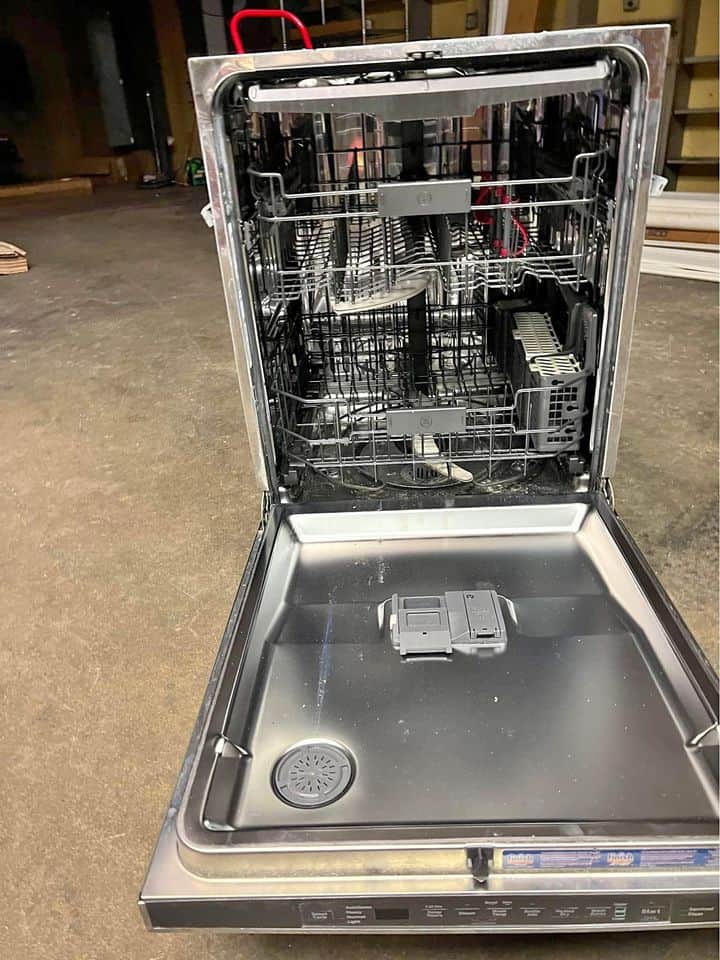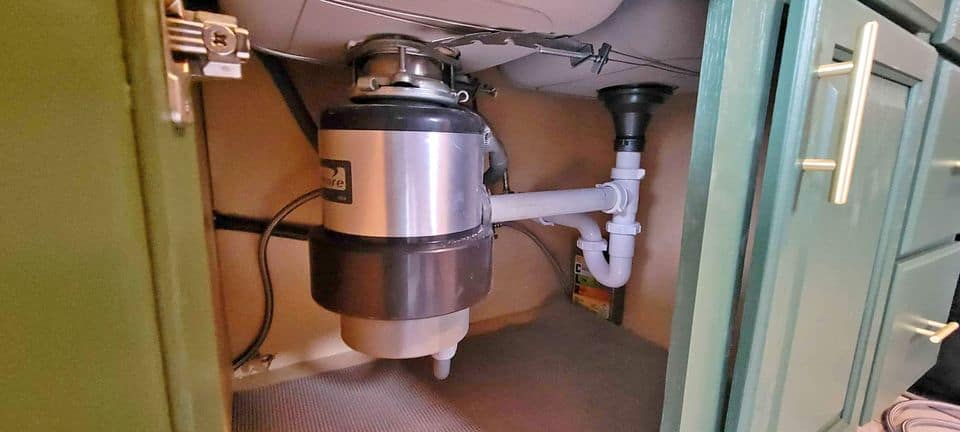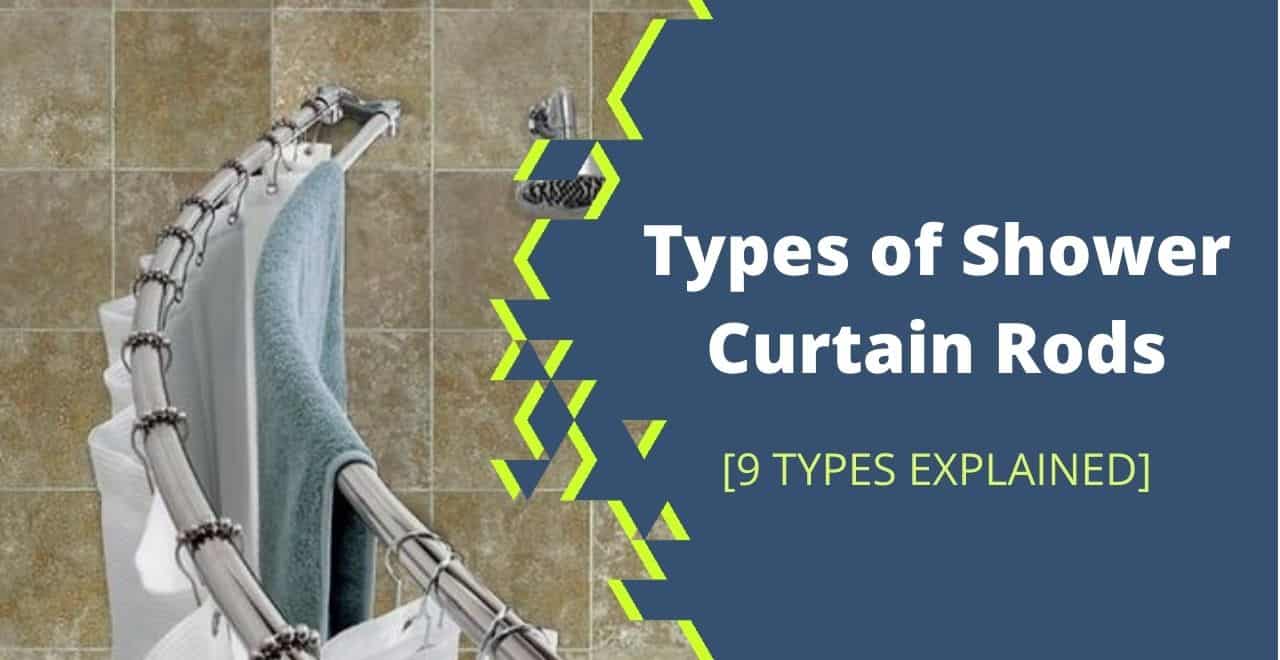Dishwasher clogs can be frustrating and irritating, as it breeds dirty water. Drano is probably the most common chemical cleaner used when your kitchen sink drains slowly. But is drano ideal for a dishwasher?
In this article, I’ll share if drano is a great cleaning product and a practical solution for dishwasher clogs. Also, we will be discussing other solutions you can try for the dishwasher.
Drano is a chemical-based cleaning product, and its most common use is for bathtubs and shower drain pipes. Your dishwasher has a pump that removes water after a wash cycle.
Let’s check if drano is the right solution when water remains at the bottom of the dishwasher.
JUMP TO: Is it Safe to Use Drano In the Dishwasher | How to Use | Alternative to Drano For Dishwasher |
- Ideally, it would be best not to pour drano down a dishwasher.
- If you must pour drano into your dishwasher, mix it with water.
- Use baking soda and vinegar to clean down the drain.
- Try to scrap food particles off the plates before putting them into the dishwasher.
Is Drano Safe for Dishwasher Use?

The simple answer is no! It would be best if you never poured drano in a dishwasher drain pipe to unclog it.
Also Read: Is Dawn Dish Soap Safe to Use on Granite Countertops?
Putting drano in a dishwasher is a complete disaster. It can damage the parts of your dishwasher quickly and leave several toxic chemicals on your plates.
Drano is a combination of three to five chemical products:
- Sodium hydroxide – also known as lye.
- Sodium nitrate
- Aluminum
- Sodium chloride
- Sodium hypochlorite
Each of these mentioned is a caustic chemical that reacts when you try to unclog a dishwasher with them. It can cause drainage problems for the dishwasher and damage the home’s plumbing pipes.
Here’s a quick overview of what happens when you put drano in a dishwasher:
- The Lye first decomposes food debris in your dishwasher, releasing harsh chemicals
- While that goes on, the Lye mixes with aluminum, resulting in high temperature and increasing the decomposition speed.
- This reaction forms caustic chemicals with a soapy look.
These reactions will cause the dishwasher’s internal components to damage.

Some of the dangers of drano include:
Damaging The Internal Components of the Dishwasher
Dishwashers contain many plastic parts to reduce the chances of electric shock, including drainage pipes.
Pouring drano, a chemical cleaner, into the dishwasher will affect these plastic parts. In a little time, your valued dishwasher may soon become a useless machine in the home.
Damaging Plumbing
According to a report, multiple plumbers advise homeowners to avoid putting drano in any sink or drain. While it’s an effective cleaner, drano can be more corrosive.
Sometimes, drano may not unclog the clogged pipes immediately. Instead, it will sit on the food clogs, and the reaction will occur gradually.
Over time, it will start affecting the drain pipes, causing air gaps while unclogging pipes. Over time, the line will cause drainage problems and significant flooding.
Affecting Skin and Eyes
Drano is a cleaner that works by clearing food residue that has become organic.
Your skin is also organic, which means drano has almost the same effect when it comes in contact with your skin. Cleaning with water and other substances may reduce the reaction rate, but it will still affect your skin.
Septic tank
Every septic tank operates with self-cleaning bacteria that help decompose particles.
When you pour bleach down these drains, it kills all types of bacteria, including the ones meant for decomposing compounds.
If you use a septic tank, you shouldn’t even consider buying drano; talk less of putting drano in a dishwasher.

How Can You Use Drano In a Dishwasher?
A clogged dishwasher with standing water can be terrible. The dishwasher pump won’t operate correctly to pump water out of the dishwasher.
Drano may not be ideal, but it can help you get an empty dishwasher without necessarily damaging the dishwasher.
You must only ensure raw drano doesn’t touch the dishwasher’s internal components. The best way to do this is by mixing the drano with water before putting it into the dishwasher.
This is especially useful when your dishwasher plumbing and sink connections are together.
TIPS: Always read the manufacturer’s instructions on the concentration and usage of the drano. It may not affect the clogged dishwasher if it’s not one with a high presence of harsh chemicals.
What Causes a Clogged Dishwasher
When your dishwasher runs, a pump drains water after every wash cycle. That way, the dishwasher will be dry before you start another first wash cycle.
The most common culprit that causes a clogged dishwasher is the drain filter. Over time, the filter holds food particles and other deposits, and it can get full. In turn, the dishwasher will start having dirty water.
Instead of using drano filled with toxic chemicals, figuring out why the standing water is a better step. Most times, the food deposits of dirty dishes are to blame.
Some common issues that can cause a clogged dishwasher to include the following;
The drain pump
The drain pump ensures that all water remnants leave the dishwasher. Over time, the pump may develop an electrical fault hindering its working process.
Also, it’s a part affected by food debris and other particles. It’s rare before dishwasher clogs affect dishwasher pumps, but it’s possible.
The simple solution is to check the pump with a multimeter for electrical faults and remove clogs. You may need to replace the pump if it has an electrical fault.
If you don’t have the right tools, please call an expert.
CAUTION: Pouring drano into your dishwasher will affect your drainage pump severely.
The drain hose
Every dishwasher drains through a drain hose. Mostly, the material used in a dishwasher drain hose is corrugated plastic.
This drain hose must usually be in a particular position, allowing the water to flow based on the slope. All you need to do in this case is return the hose to its place.
Food scraps and other debris pass through the drain hose and may cause clogs. Pouring a mix of white vinegar and baking soda into the drain will be a perfect option.

The Drain Filter
The filter is a net-like material that blocks food particles from entering the drainage pipe. Its job is to hold the dirt while water passes through the drain hose.
As I’ve mentioned, this filter is one of the plastic parts that drano can ruin. Instead, always change this filter at intervals.
Related Read: Can You Put Wood Cutting Board In Dishwasher? Read To Know
Garbage Disposal
Any dishwasher connected directly to the kitchen sink usually works with garbage disposal. If the sink’s garbage disposal is clogged with dirt, the dishwasher won’t drain properly – affecting the cleaning cycle.
The only solution is to allow the garbage disposal to run for a little while. Allow it to run for about two minutes, and confirm if it’s still not draining. If it doesn’t drain afterward, use hot or warm water to clean the garbage disposal before running it.

Alternative to Drano for Dishwasher Clogs
Instead of allowing drano to ruin internal parts of your dishwasher, it’s always better to use other options. Some regular home products are great at cleaning a dishwasher without damaging it.
Some of these options include;
- White vinegar and baking soda: The combination of white vinegar and baking soda forms an interesting cleaner. Luckily, these compounds are usually available in almost every home.
- Use hot water: Sometimes, all the clogged particles in the drain filter or hose need hot water. It dissolves the particles and ensures effective cleaning.
- Lemon and salt: If you intend to clean parts of your dishwasher, combining lemon and salt is a great option.
TIPS: Always remember to scrap food particles from dishes before setting them into the dishwasher to avoid clogged pipes.
Final Words: When to Call an Expert
Dishwasher clogs affect the functionality of the device. Pouring drano immediately you notice these clogs is an option, but it isn’t the best. It will affect the rubber seals, spray nozzles, and other vital parts.
However, if you mix the Drano with water in equal parts, it will work better. Even after dilution, ensure you use a longer rinse cycle.
The easiest option for fixing a clogged dishwasher is pouring white vinegar and baking soda down the drain. However, it doesn’t always work.
If baking soda and vinegar don’t work, it may be time to hire an expert.

![How to Get Rid of Black Sludge in The Sink Drain? [9 Methods] How to Get Rid of Black Sludge in The Sink Drain? [9 Methods]](https://houseadorable.com/wp-content/uploads/2022/01/black-gunk-2.jpg)
![How to Unclog the Rv Kitchen Sink?-[9 Proven Methods] How to Unclog the Rv Kitchen Sink?-[9 Proven Methods]](https://houseadorable.com/wp-content/uploads/2022/02/rv.jpg)

![Why Is My Kitchen Sink Gurgling?[Reasons+Prevention Methods] Why Is My Kitchen Sink Gurgling?[Reasons+Prevention Methods]](https://houseadorable.com/wp-content/uploads/2022/12/gurgling.jpg)
![How Does Kitchen Sink Plumbing Works? [Methods Explained] How Does Kitchen Sink Plumbing Works? [Methods Explained]](https://houseadorable.com/wp-content/uploads/2022/03/Plumbing.jpg)
![Why Does My Kitchen Sink Smell? [Causes+Solutions] Explained Why Does My Kitchen Sink Smell? [Causes+Solutions] Explained](https://houseadorable.com/wp-content/uploads/2022/10/sink-smell.jpg)
![What Are Kitchen Sinks Made Of ? [13 Types+Pros & Cons] What Are Kitchen Sinks Made Of ? [13 Types+Pros & Cons]](https://houseadorable.com/wp-content/uploads/2022/01/Sink-MAterial.jpg)